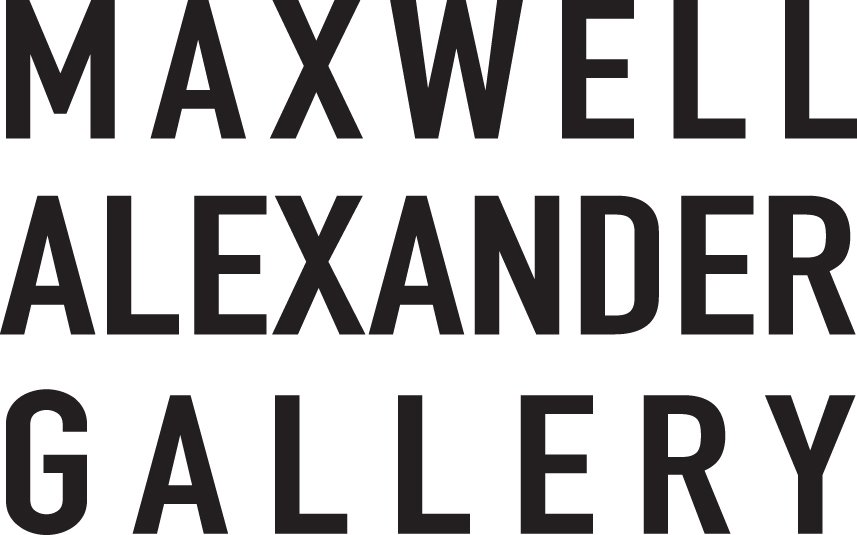Maxwell Alexander Gallery in Los Angeles will present new works from Cowboy Artists of America member Grant Redden beginning April 6. Redden, who frequently explores less-traveled areas of the West such as sheepherding and farming, will focus entirely on classic cowboy material for this new show, his first solo exhibition at the gallery.
“These will be signature paintings, paintings with subject matter that is very familiar to me,” he says. “I’ll also be informed by historical painters for these works. I’m never consciously trying to make my work like theirs, but they certainly inspire me, especially when I’m going through depression and doubt—something all painters feel at some point in the studio—with every brushstroke. That may sound like it’s miserable to be an artist, but it’s not. It’s actually a lot of fun, but artists doubt everything they do sometimes. It’s part of the process.”
Redden will be turning much of his attention to cowboys from the early 1900s, particularly the 1920s and 1930s. William Herbert “Buck” Dunton and Frank Tenney Johnson are two artists who speak to the time period he’s painting. In one new painting, The Call of the Night Bird, Redden seems to call out
to Johnson with a nocturne scene. But where Johnson would use looser brushstrokes and more primal paint application, Redden paints a tighter picture with more detail and more nuance in the light. It creates a wonderful call- and-response aspect with Johnson, one of the great cowboy painters.
The Wyoming artist says that he did not use a photo reference for the painting, simply because it’s nearly impossible to capture moonlight in a photograph or even a sketch. “Paintings like this are almost entirely from imagination, because once you’re out there in the moonlight there is not much information
to record. You have to invent and imagine it all in the studio,” he says. “It’s kind of a theatrical production with the nocturne. Some are successful, and some aren’t. But when they’re successful it’s a reward because it’s all you, every piece of it.”
In the piece the horse is white, mostly because white horses are more fascinating for the artist and the viewer. “A white horse has so much reflection that it can make things around it more interesting. They’re like aspen trees in that way,” he adds. “As for black horses, just hit me in the back of the head. They just absorb all the light around them. If you can successfully paint a black horse you deserve a medal.”
Another work in the show is Old Unreliable, a painting of the timeless image of a rider on a bucking horse. The painting has a pleasing convergence of lines—from distant mountain ridges and rocky cliff faces to closer outcroppings carved into the desert soil—that guide the eye toward the leaping horse and its cool, collected rider who clings to its back.
Redden’s first solo show at Maxwell Alexander Gallery will continue through April 27. VIEW IMAGES FROM THE EXHIBITION HERE
